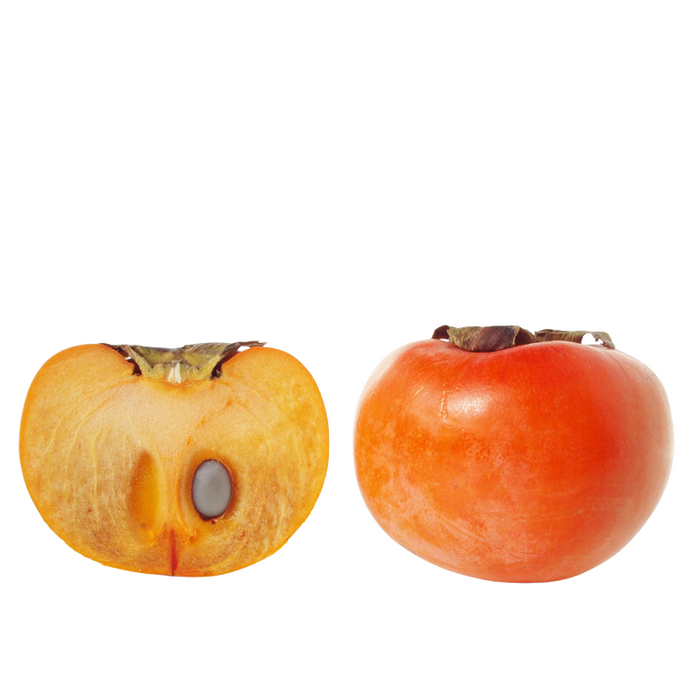
Persimmon Fruit Seeds
Save 50%
Original price
$10.00
Original price
$10.00
-
Original price
$10.00
Original price
$10.00
Current price
$4.99
$4.99
-
$4.99
Current price
$4.99
Experience the divine sweetness of autumn with our Persimmon Fruit Seeds. Revered for their vibrant orange hue and honey-like flavor, a luxurious treat. These seeds yield fruit with a custard-like texture and a taste that's a delightful fusion of mango and sweet spice, ideal for fresh eating to baking and preserves.
Details:
- Color: White Flowers / Orange - Red Fruit
- Plant Seeds: Fall Sow Seeds Or Cold Stratify
- Bloom Time: July - Aug
- Harvest: Nov
- Hardiness Zone: 7 - 11
- Plant Height: 20 - 30'
- Plant Spacing: 20 - 30'
- Light Requirements: Sun
- Soil & Water Preferences: Average
- Quantity: 5 Seeds







